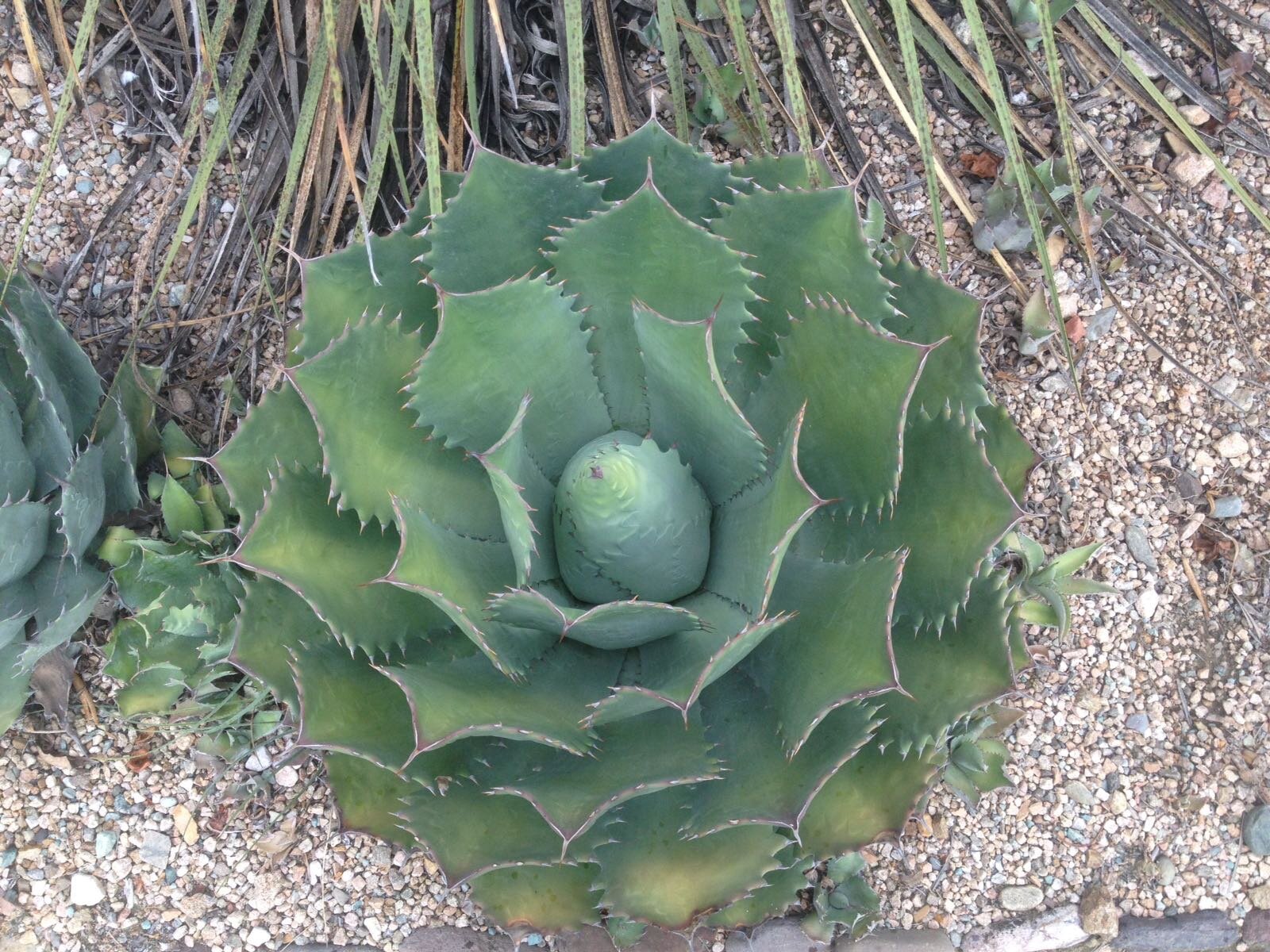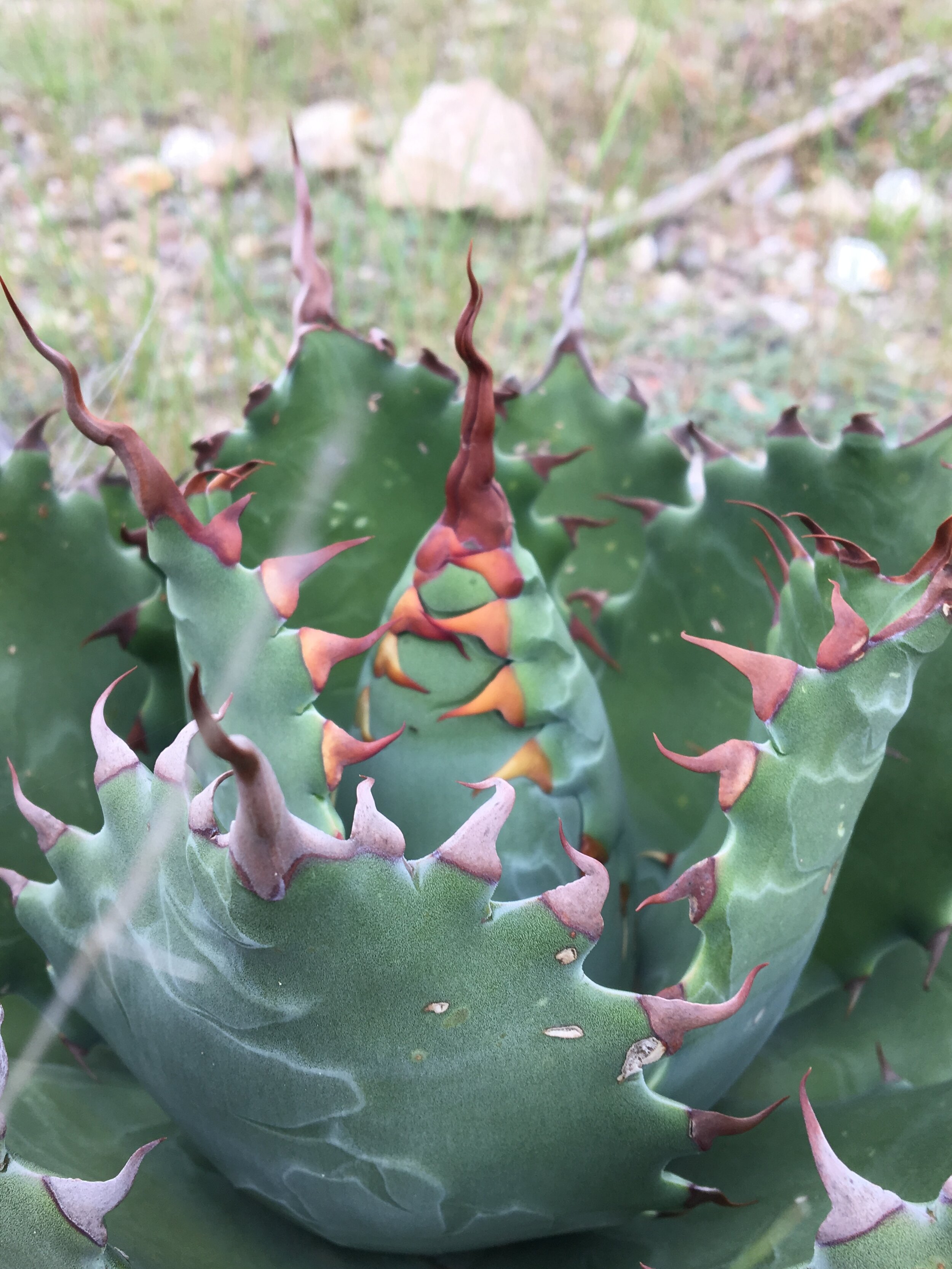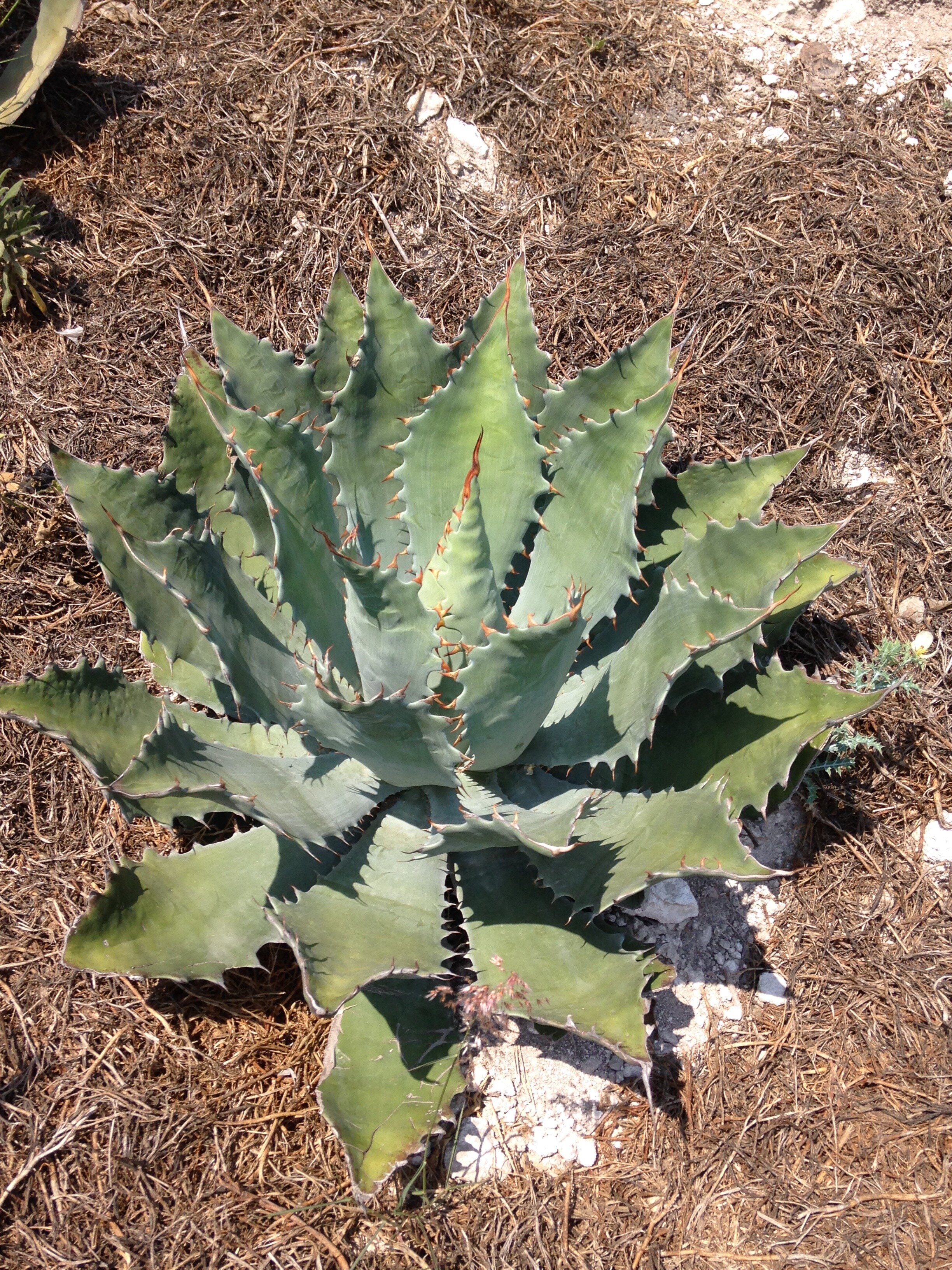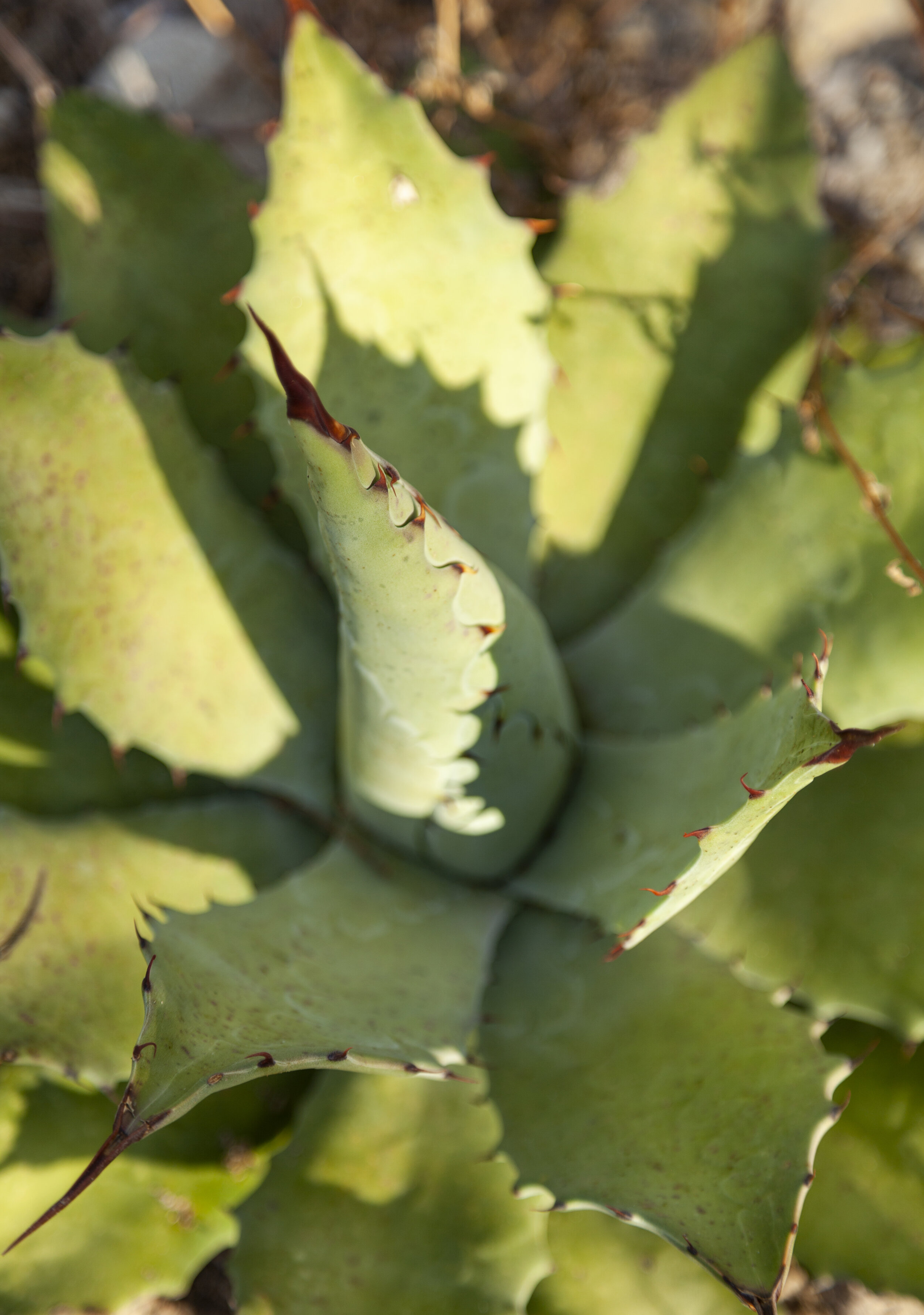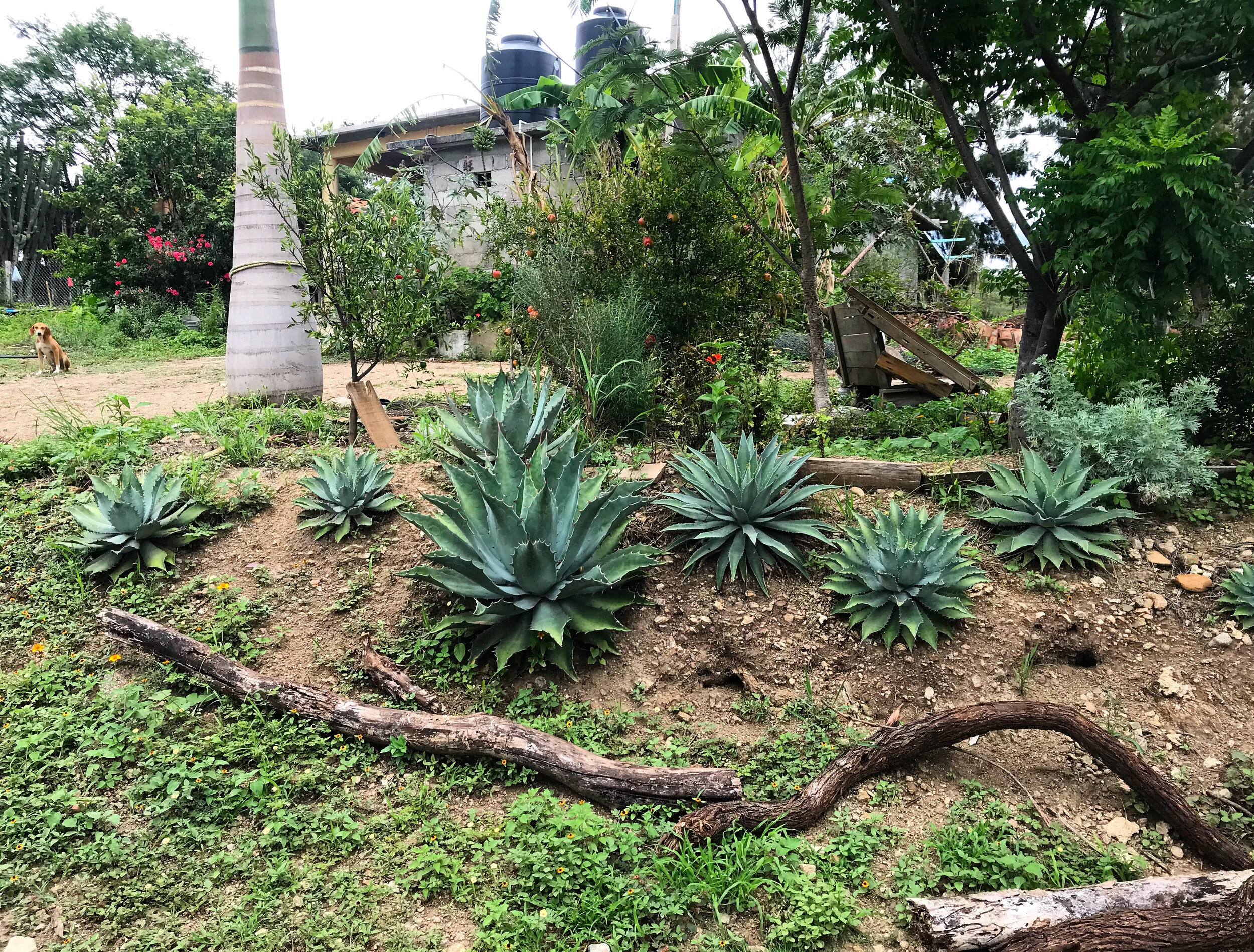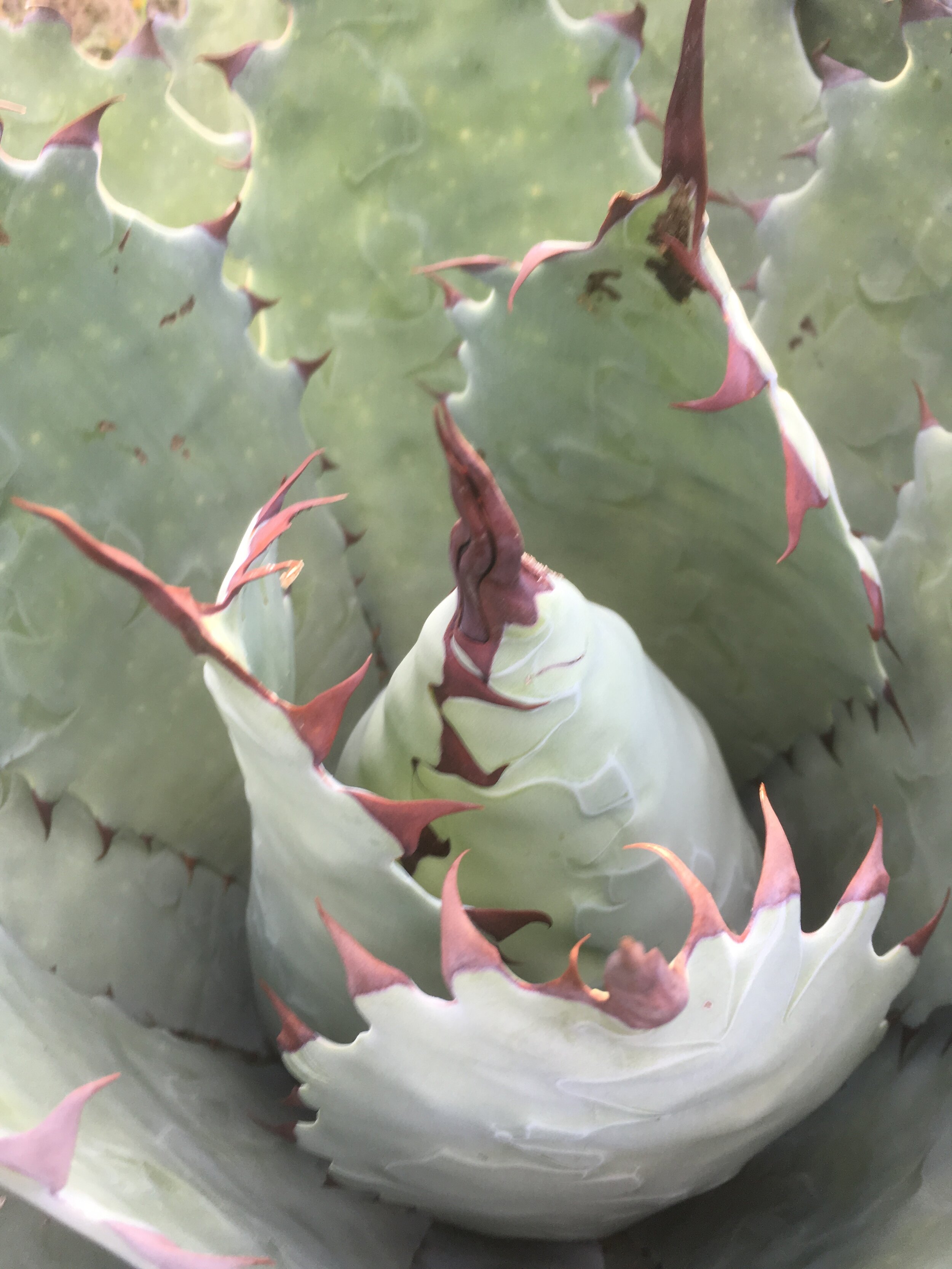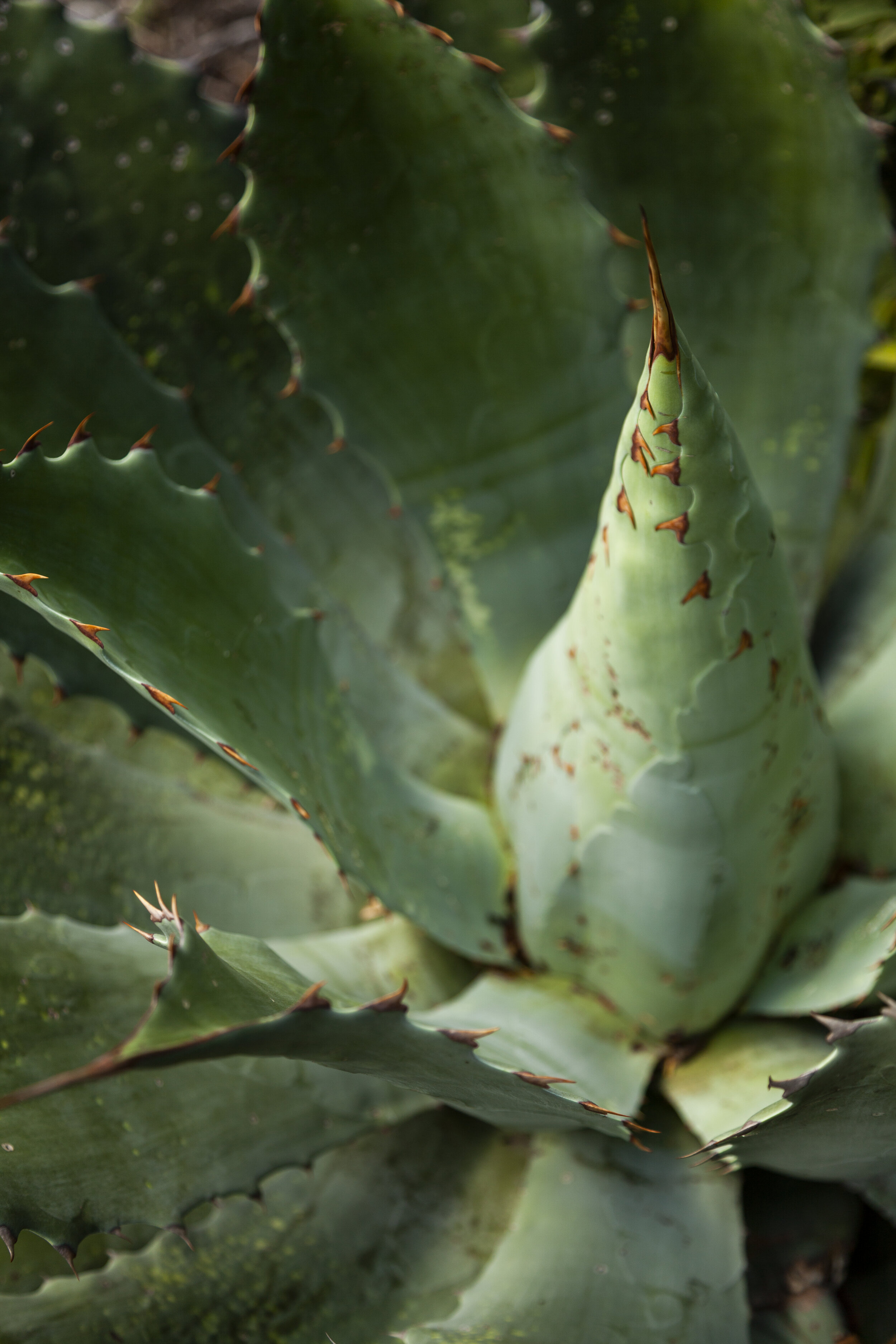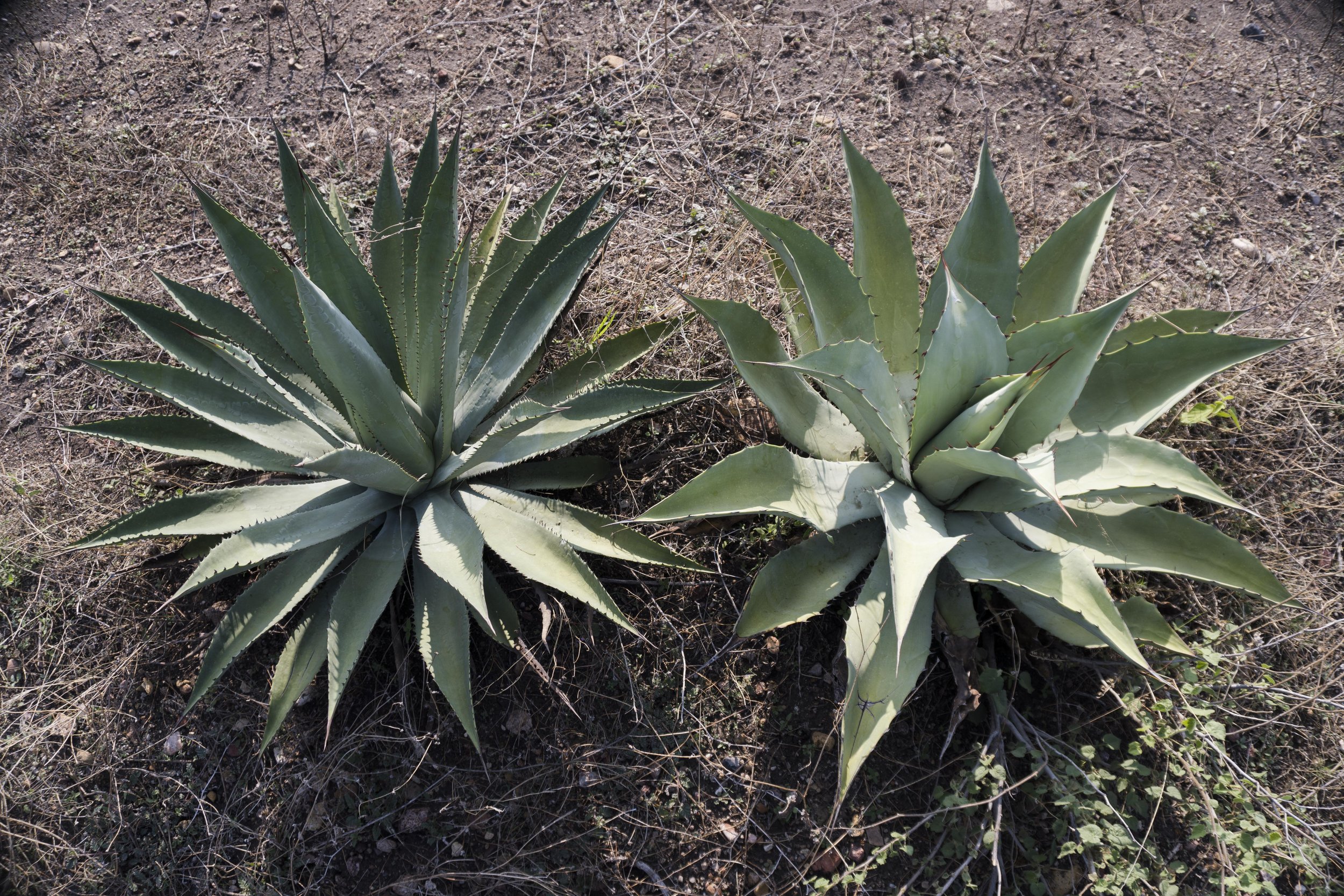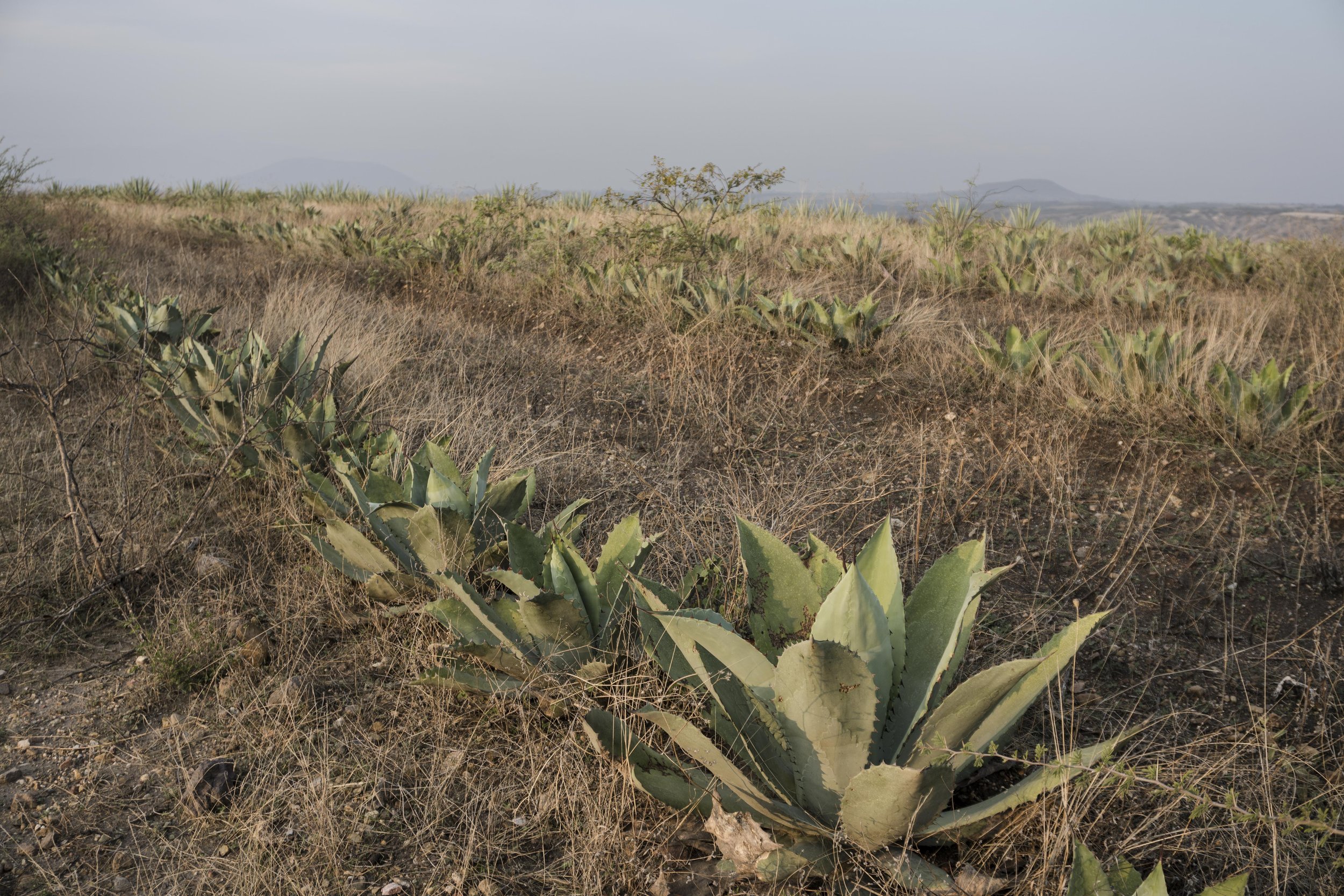Tobalá (Agave potatorum or Agave seemanniana)
For generations, the tobalá that grows in the valley and forests of Miahuatlán has been used as a source of food, drink, and medicine. With the introduction of distillation in the colonial period, tobalá has become increasingly revered for its flavor profile and medicinal properties. While tobalá has commonly been classified as Agave potatorum or Agave seemanniana, studies from the last decade have confirmed that these plants are more than often hybrids between the two species, resulting in nearly infinite morphological expressions. The range of these plants, along with use of the name “Tobala” extends from the 2000m high pine and oak forests of the Sierra Sur down through the hills and ravines of the Central Valleys and parts of the Sierra Norte. Towards the isthmus of Oaxaca, plants with similar morphologies are known as “Bilía” or “Chato”, depending on the specific areas and Zapotec of Chontal languages spoken there. Further north, in the Mixteca, these plants often grow side by side with similar looking Agave nussavorium locally known as “Ticunshi”. Their overlapping flowering times are highly conducive to hybridization between the three species, creating incredible diversity amongst the agaves known as “Papalometl” in the Mixteca. Described as the “Tobala Complex”, these plants are undoubtedly taxonomically complex. In understanding these plants and their various distillated forms, one must consider and respect the geography and nomenclature of the specific region of their growth and processing. These names are indicative of specific geographic regions, a reflection of ethnic and linguistic diversity, and many different techniques, tools, and processes employed in working with maguey.
In regard to its use in distillation, Tobalá has historically been one of the few magueys that often prepared separately as a “single varietal” –unlike most other species, that until the 1990s, were generally co-fermented to create the traditional field blend ensembles, or ensambles. The reasoning behind this was generally pegged to the association with the Tobala plant’s various medicinal properties. It also inspires a strong effect, where palenqueros and drinkers alike joking refer to it as “Tumbala”, insinuating that it might just knock you over. In any scenario, it is treated with much respect and held in high regard. The maguey itself is typically small, generally growing to weigh anywhere between 5-30kg, but depending on a plethora of environmental and genetic factors, Tobalá in Miahuatlán and some other regions can grow well over a meter in both height and width, weighing around 50kg. The maguey has a high sugar content, and mature plants from warm, rocky terrain can yield one liter of mezcal for every 8kg of cooked agave. While, the yield is similar to that of Espadín, Tobalá are often so small that it may require the collection of hundreds of plants to make a single batch. The agave thrives in zones of difficult access- steep hillsides and cliffs, so harvesting often presents challenges. The plant’s juices are highly caustic, and even after cooking, it’s sweet fibers can cause gentle acidic burns on the tongue.

